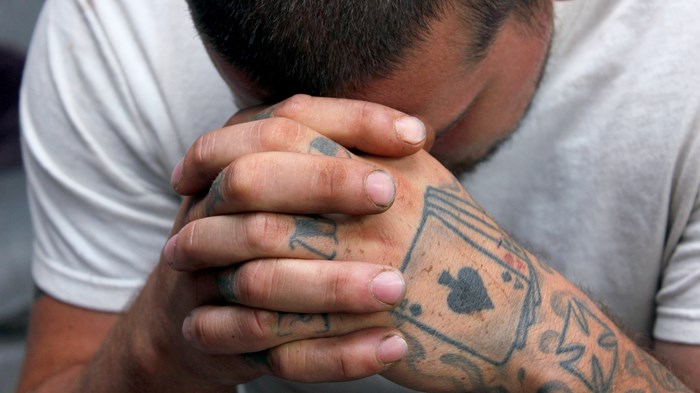
As Americans across the political spectrum work to reform the criminal justice system and reduce the record-high prison population, another issue has resulted from over-incarceration: how to reintegrate the 65 million people—nearly 1 in 4 adults—with a criminal record.
To tackle the “second prison” beyond bars, Prison Fellowship has convened an unusual coalition—ranging from the National Association for the Advancement of Colored People and the American Civil Liberties Union to The Heritage Foundation—to address the social stigma around the formerly incarcerated and to launch “Second Chance Month.”
A bipartisan pair of senators (Rob Portman, R-Ohio, and Amy Klobuchar, D-Minnesota) plan to introduce a bill to officially recognize the April observance.
Christians involved in criminal justice reform say churches should recognize the significance of second chances, redemption, and human dignity.
“We incarcerate a lot of people, and 95 percent of them are going to be released at some point into our communities,” said John Malcolm, director of a Heritage Foundation center for legal and judicial studies. “At that point, we all have an interest in helping them becoming law-abiding citizens.”
Instead, many of the restrictions around life after prison work against former inmates’ efforts at a better life. The formerly incarcerated almost always have a harder time finding housing or a job. Depending on their state or the nature of their crime, they may also no longer be eligible for benefits such as public housing, welfare, and food stamps. Prison Fellowship has documented more than 48,000 social stigmas and legal restrictions that can follow a prison sentence.
When people released from prison don’t have access to public assistance or backing from their families, the physical and spiritual support from Christian organizations goes a long way—and can provide a healthier community to deter recidivism, as CT chronicled in a cover story last year.
“Welcoming outcasts and people who are down on their luck is something that the church does already, and few people are more deserving of that than the formerly incarcerated,” Malcolm said.
Yet, half of Protestant pastors say no one in their congregation has been in jail over the past three years, according to a 2016 LifeWay survey.
“The first thing we should be looking to is: Are churches welcoming to people with a criminal past?” said Craig DeRoche, senior vice president for advocacy and public policy at Prison Fellowship. “The general perception is that there are not people with criminal convictions in our church, but the evidence makes it clear. We need to get our heads out of the sand.”
The size and scope of America’s criminal justice system—played out in statistics, budgets, reality TV programs, and citizens’ own lives—has become impossible to ignore. In 2015, 1.5 million inmates served time in state and federal facilities; add the number of Americans on parole or probation, and that figure more than quadruples to 6.7 million. The federal prison population dropped under President Barack Obama for the first time since President Jimmy Carter, but remains more than triple what it was in the 1980s.
Prompted by the costs of the prison system—which can be one of a state’s top expenditures, costing billions and growing—as well as evidence challenging the effectiveness of incarceration, more states have pursued various types of criminal justice reform. Over the past several years, “red, blue, and purple” governors risked being seen as soft on crime in order to reduce the prison populations in their states, only to have criminal activity drop as a result, according to Malcolm. States including Georgia, Alaska, and Delaware did away with some restrictions on assistance for the formerly incarcerated.
“You’re increasing the chances that they may reoffend because they don’t have the ability to make ends meet. Doesn’t this go against what we’re trying to achieve as they re-enter society?” said a state representative in Georgia. Research continues to show that reducing the prison population doesn’t hurt public safety—and can even correspond with a drop in crime.
April’s first-ever Second Chance Month corresponds with greater awareness of the issues surrounding America’s prison system, according to DeRoche. A former state politician who found himself on the other side of the law after a series of alcohol-related arrests, he came to see criminal justice in light of his faith. “A second chance is what we’re all offered in Christ,” he said. “It’s the core of our faith and religion. It’s what saved us from our afflictions or addictions. That should be available to others.
“It’s also embedded in the American tradition to know we’re a nation of second chances,” he said. “We need to unleash that human potential, rather than treat them as less of a human being because of a debt they had to repay.”

Support Our Work
Subscribe to CT for less than $4.25/month


















